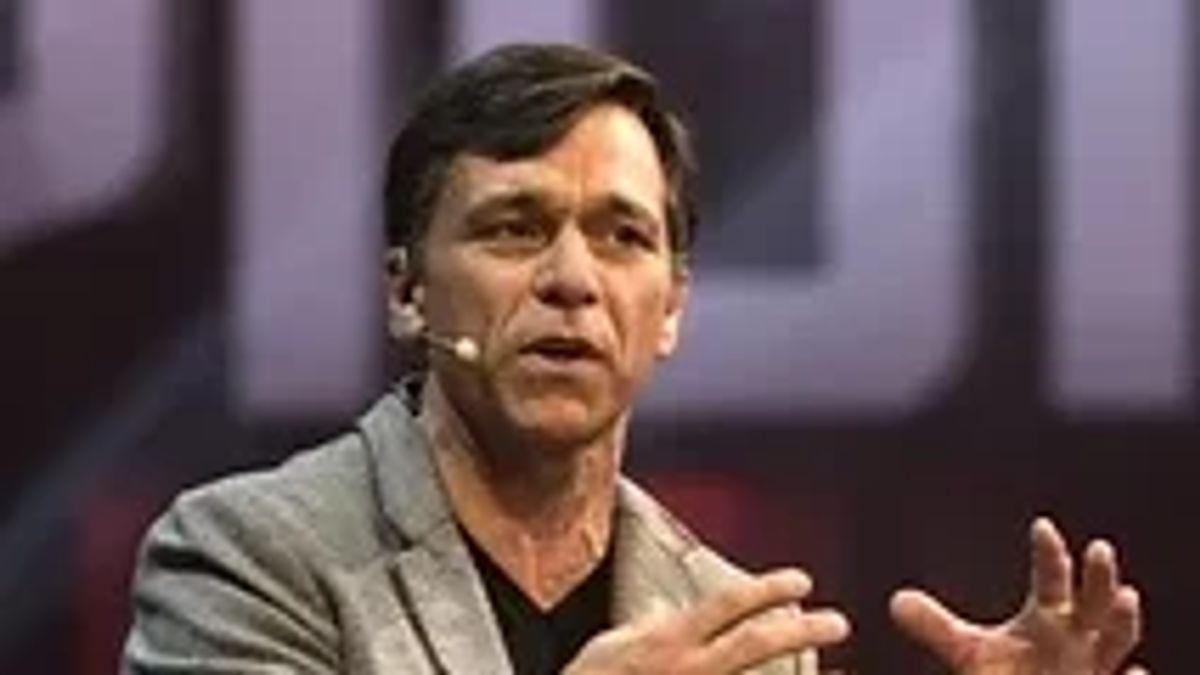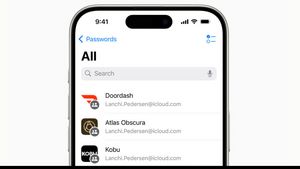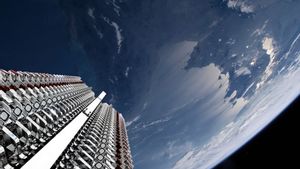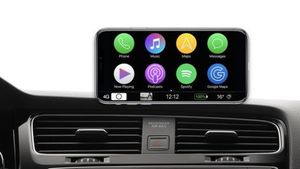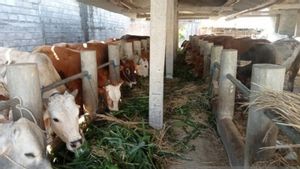JAKARTA - Guillermo Soohhlein, co-founder of the company that built the poor Titan submarine, now claims to be able to safely send humans to Venus by 2050.
Guillermo Soohhlein founded OceanGate in 2009 alongside the Stockton Rush, which died a year ago when Titan exploded while diving towards theRISm site along with four other men. Although this safety record is unsatisfactory, Soohnlein is now building Venus' 'global community' to form a human colony on the planet.
In a blog post, he stated: "We can start our journey to Venus today... and do it safely and cost-effectively."
However, most scientists argue that Venus is completely uninhabitable. The surface temperature is hot enough to melt lead and the atmosphere is filled with sulfuric acid clouds.
Soohhlein, which left OceanGate a decade ago, had no plans to land on the surface of Venus, but suggested that humans could live in floating cities about 50 km (30 miles) above the surface of Venus. At this height, the gravitational force is equivalent to 98 percent of Earth's gravity, which Soohnlein considers important for the survival of human colonies.
In addition, air pressure at this height is equivalent to on the Earth's surface and the temperature is relatively tolerable, between 30-50°C (86-122$F). Regarding sulfuric acid clouds, he said this could be overcome with respiratory equipment and acid resistant ingredients or converted into drinking water.
Writing on the Humans2Venus blog in April, Soohnlein said he thought Venus was a better prospect for humans than Mars, which was the focus of Elon Musk's NASA and SpaceX. "The reality is Venus is much closer to Earth and has a much more similar orbit, which makes it much more accessible than Mars (lower costs, flight windows more frequently, transit times shorter, higher safety, etc.)," he said.
Soohhlein who left his position as COO OceanGate in 2013 is now pursuing a very ambitious goal of sending humans to Venus. After Titan's explosion last year, it was revealed that safety issues had been raised for years by staff members and external bodies.
He founded the Humans2Venus foundation in 2020 with the aim of creating the 'largest global community of general and professional Venus fans'. In January this year, the Argentine-born entrepreneur also founded Space Bridge Partners, a company that connects commercial investors with space exploration missions.
SEE ALSO:
Although humans have not managed to establish a basis for work on the moon, Soohnlein remains optimistic that 2050 is a realistic target for the colony on Venus. A company schedule shared in 2023 shows that there could be manned stations on the planet before 2040.
NASA had previously considered setting up a floating colony in the atmosphere of Venus with the Concept of Operational Venus Altitude Tinggi (HAVOC). In 2015, NASA engineers proposed that HAVOC could place light planes in the atmosphere that could ultimately support human existence permanently. However, while HAVOC remained largely intellectual training without concrete plans to advance, Soohnlein said he wanted to place 1,000 people on the planet by 2050.
In an interview with Business Insider in June last year, he said: "Tell me OceanGate. Forget Titan. Forget Stockton. Humanity can be on the verge of a major breakthrough and don't take advantage of it because we, as a species, will be closed and pushed back to the status quo."
"[Sends humans to Venus]... this is an aspiration, but I think it can also be done in 2050."
The English, Chinese, Japanese, Arabic, and French versions are automatically generated by the AI. So there may still be inaccuracies in translating, please always see Indonesian as our main language. (system supported by DigitalSiber.id)
